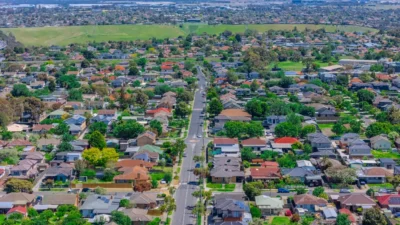Record-breaking rents for Hong Kong’s caged homes
Living in the city’s tiny, subdivided flats could cost a fortune more than ever

The index for subdivided flats leapt 7.7 percent from 411.3 last year to 443 this year, the South China Morning Post is reporting, citing data from the Subdivided Flats Concerning Platform.
The index, derived by comparing the rent of subdivided cubicles with that of the entire flat, outweighed the 5.8 percent increase in private domestic rental indices by Hong Kong’s Rating and Valuation Department in October.
Subdivided flats, synonymous with Hong Kong’s notorious “caged homes”, are made by partitioning an apartment room into cubicles.
The Subdivided Flats Concerning Platform collected data from 66 households in Kowloon City, Kwai Tsing, Kwun Tong, Sham Shui Po and Tsuen Wan.
More: Spooked by high prices, Hongkongers buy haunted homes
Rent on average accounted for 41 percent of the income of a household in a subdivided flat, the group charged. “If we include water and electricity bills, which are typically between HKD500 and HKD1,000 [a month], the expenses could be more than half of wages,” Wong Ka-chun, a community organiser for the group, was quoted as saying by the Post.
“Some households even said it is close to 80 percent.”
The average wage in Hong Kong rose 4.1 percent in the year to December 2018, compared with an increase of 4.8 percentage points for rent as a portion of household income.
Around 91,800 households live in subdivided flats in Hong Kong, according to a 2016 population by-census.
Recommended
Inside Asia’s luxury resort residences that are redefining high-end living
Asia’s resort residence market is witnessing a shift as investors eye larger, multifunctional units
How joining BRICS could give Thailand and Malaysia a new economic edge
Thailand and Malaysia are eyeing membership in the bloc of emerging nations
How Modi’s real estate reforms are transforming India’s housing market – and what’s next
A coalition led by the strongman prime minister Narendra Modi is looking to consolidate gains in the property market
Why Japan’s new interest rates might spark a transformation in Niseko’s property market
A new era for Niseko’s wintry property market dawns with the sunset of Japan’s negative rates regime







